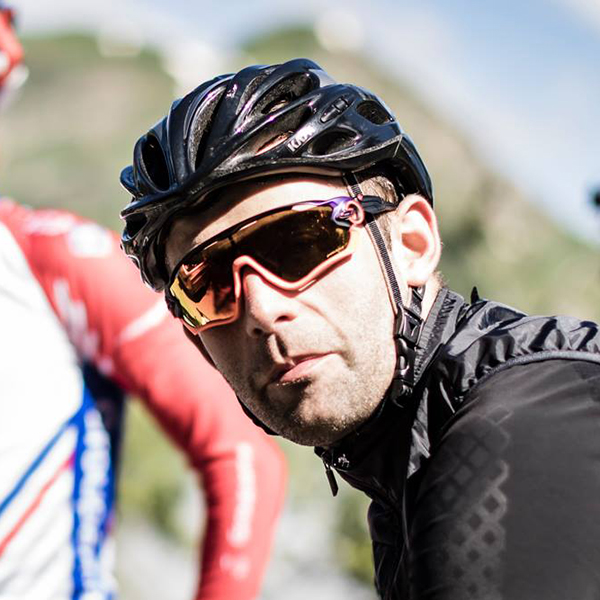The Ere Research Explorator GCR40 is a rare thing: a wheel with an alloy rim deep enough to see it considered an ‘aero wheelset’.
Although it can’t be considered ‘deep’ like a 50mm-plus carbon rim can, for many pace-focused riders, the 40mm mark is rightly thought of as offering a good compromise of aerodynamic efficiency and handling stability.
This holds true here, and if you live in a flat area or tend to avoid steep climbs, the Explorator GCR40 could be the specialist wheelset for you.
That said, the penalty is noticeable weight versus shallower alloy rims, or similarly deep carbon wheelsets, affecting climbing enjoyment.
Ere Research Explorator GCR40 details and specifications
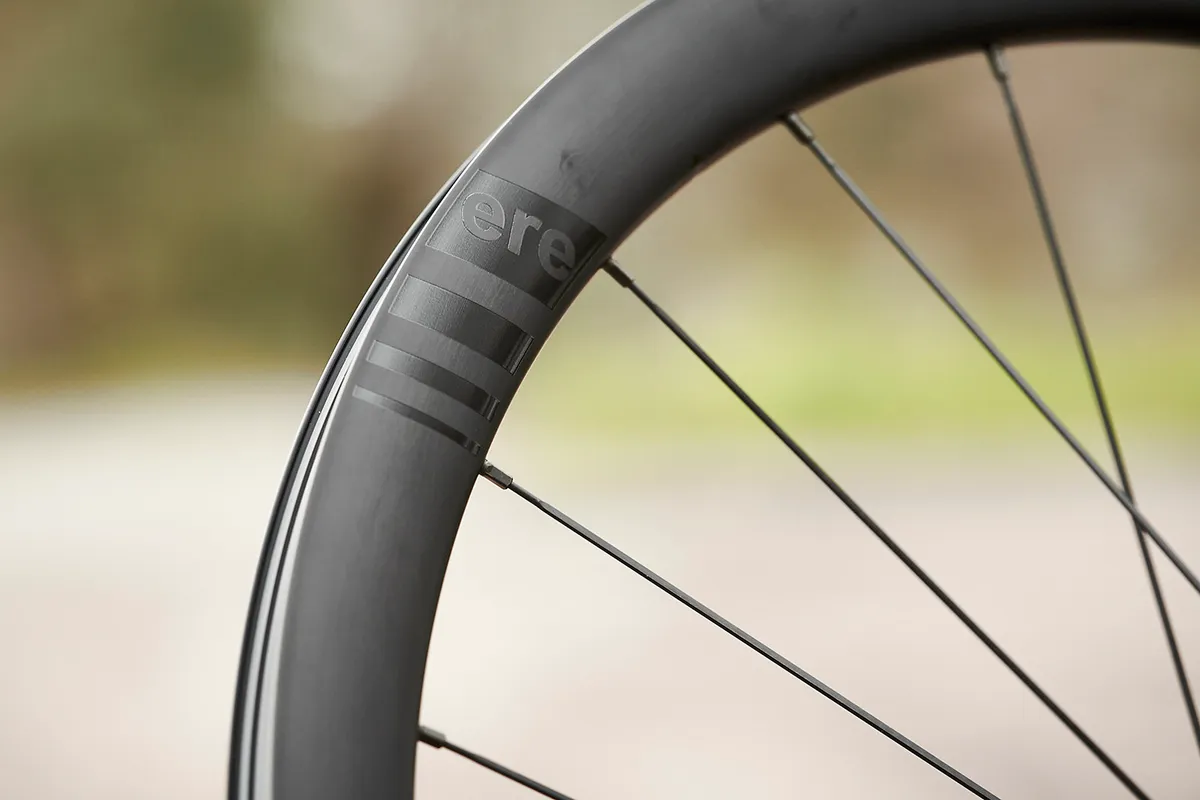
The Ere Research Explorator GCR40 wheelset is pitched as offering the “perfect combination of strength, performance, and aerodynamics”.
Importantly, and perhaps wisely, Ere Research hasn’t also wrapped 'light weight' into its broad brush claims – the wheelset tips the scales at a portly 1,893g, with rim tape but without tubeless valves.
That’s notably heavier than the Hunt 34 Aero Wide Disc SL wheelset I tested it alongside (1,572g, including valves and rim tape), a close competitor when it comes to aero performance.
The hooked rims are 40mm deep here and the internal channel is 21mm wide, which is right on trend for what brands are designing into their carbon rims these days.
Externally, the rims measure 24.5mm wide, and Ere Research says the wheelset can take up to 700x40c tyres, recommending 700x26-32c as optimum.
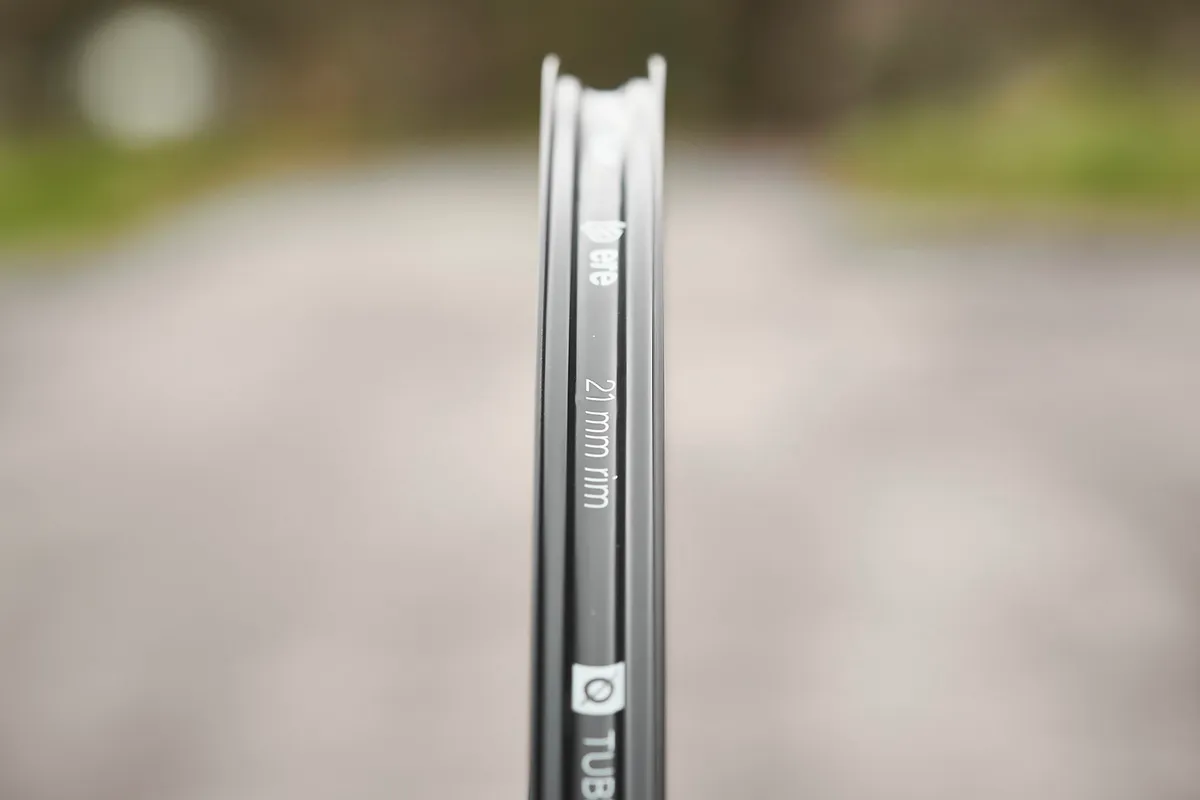
This is narrower than many modern carbon aero rims, which are often 28mm-wide or more, for better aerodynamic performance with the larger-volume tyres many roadies now use.
Making these alloy rims wider may have incurred too much of a weight penalty, though.
In any case, the rims are made of heat-treated Niobium alloy, which Ere Research claims contributes to the wheelset’s durability (versus, one assumes, a ‘standard’ 6061-grade aluminium alloy construction).
Given that the name ‘Explorator GCR40’ conjures the mental picture of use as a gravel wheel, alongside primary use on the road, durability is certainly an important area for the wheel to excel in.
At the very least, Ere Research says the maximum rider weight is 130kg.
Tubeless valves aren’t supplied, but the rim comes ready taped, and eight spare spokes and nipples are supplied in the box.
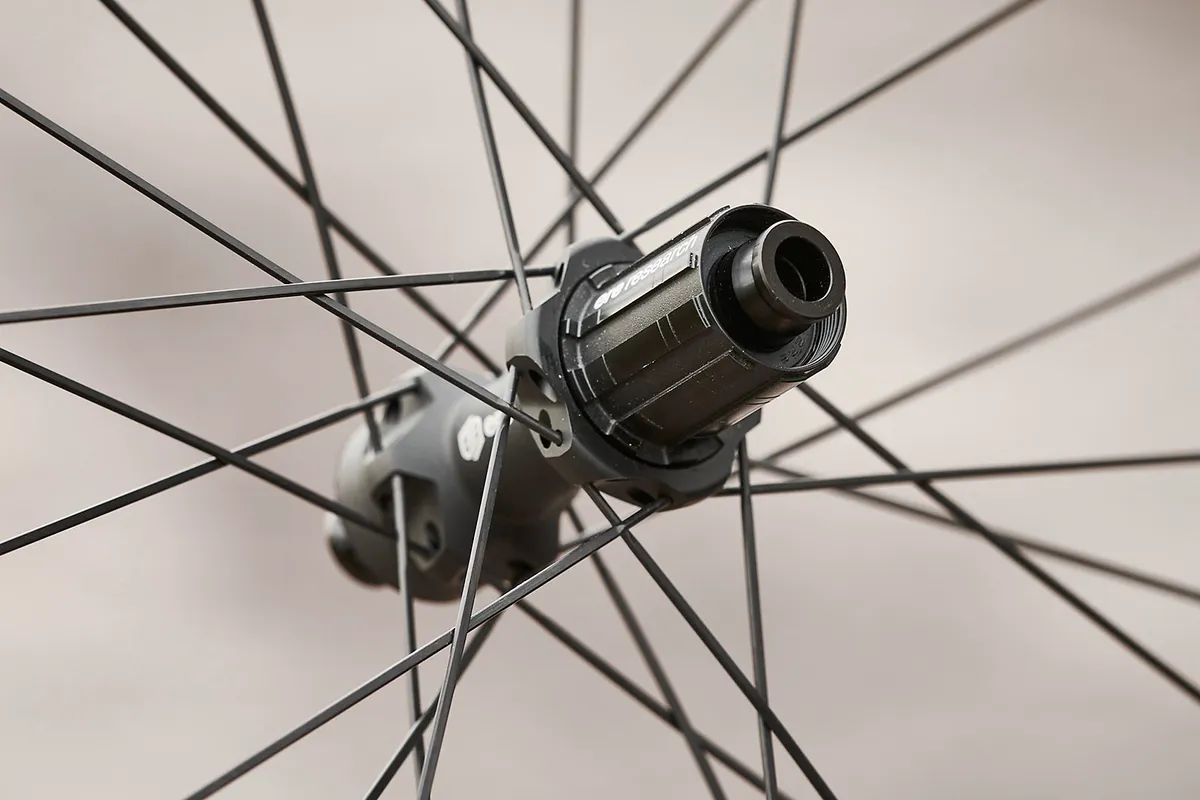
The hubset is an in-house design – the Ere Iona X12 – which features a four-pawl freehub system, with 36t for a 10-degree engagement angle.
It features alloy shells, but the standard steel bearings can be upgraded to SKF steel or ceramic options at extra cost.
The wheels are laced together using straight-pull stainless steel Sapim Leader spokes, joining to the rim via black alloy nipples. Despite the aero rims, these spokes feature a round, rather than bladed, profile.
Ere Research makes the Explorator GCR40 available to buy with a Campagnolo N3W freehub body – not a guarantee with all road bike wheels – alongside the most commonly seen Shimano HG and SRAM XDR bodies.
The wheelset is covered by Ere Research’s crash replacement policy, which offers a 50 per cent discount on a replacement rim for the lifetime of the wheelset if it’s not safely rideable.
Ere Research Explorator GCR40 performance
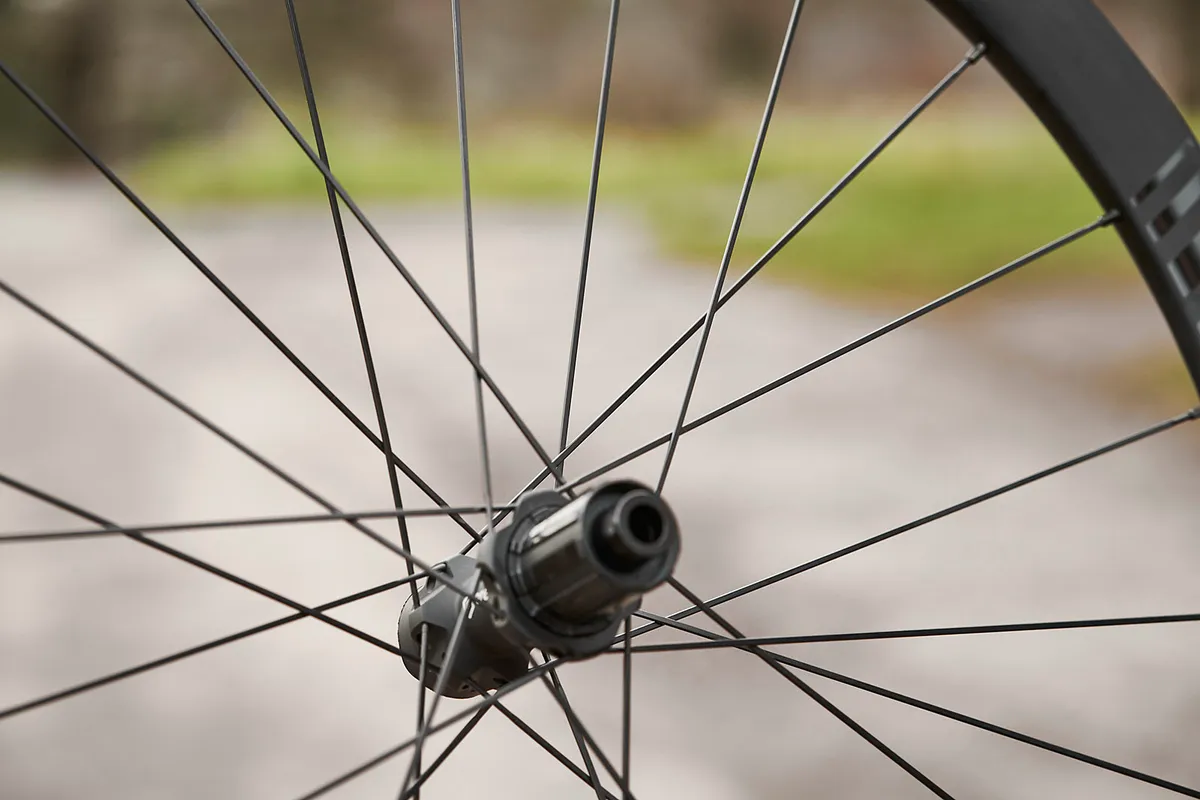
The Ere Research Explorator GCR40 wheelset’s main weakness is undoubtedly its weight.
Although weight is by no means the be-all-and-end-all of wheelset performance, when you hit climbs that are long and steep enough to severely curb your speed, the Explorator GCR40 feels relatively sluggish compared to shallower, significantly lighter wheelsets.
While it felt adequately stiff for any effort I put through it (as a just-above-average rider), each pedal stroke didn’t deliver quite the same reactivity as lighter wheelsets around this price.
That being said, the relative weight penalty you feel on climbs fades away on shallower ascents, and almost disappears on the flat.
By some margin, I found the Explorator GCR40 the easiest wheelset of those I tested to hold at 30-35kph in stable conditions (see ‘how we tested' box).
Despite the slower sense of responsiveness when riding more slowly, at higher speeds the wheelset felt taut and sharp when I put the hammer down. While it didn't quite match the also 40mm-deep Reynolds ATRx carbon wheelset I removed prior to this group test, it wasn't too far away.
I was also impressed by the wheelset’s stability.
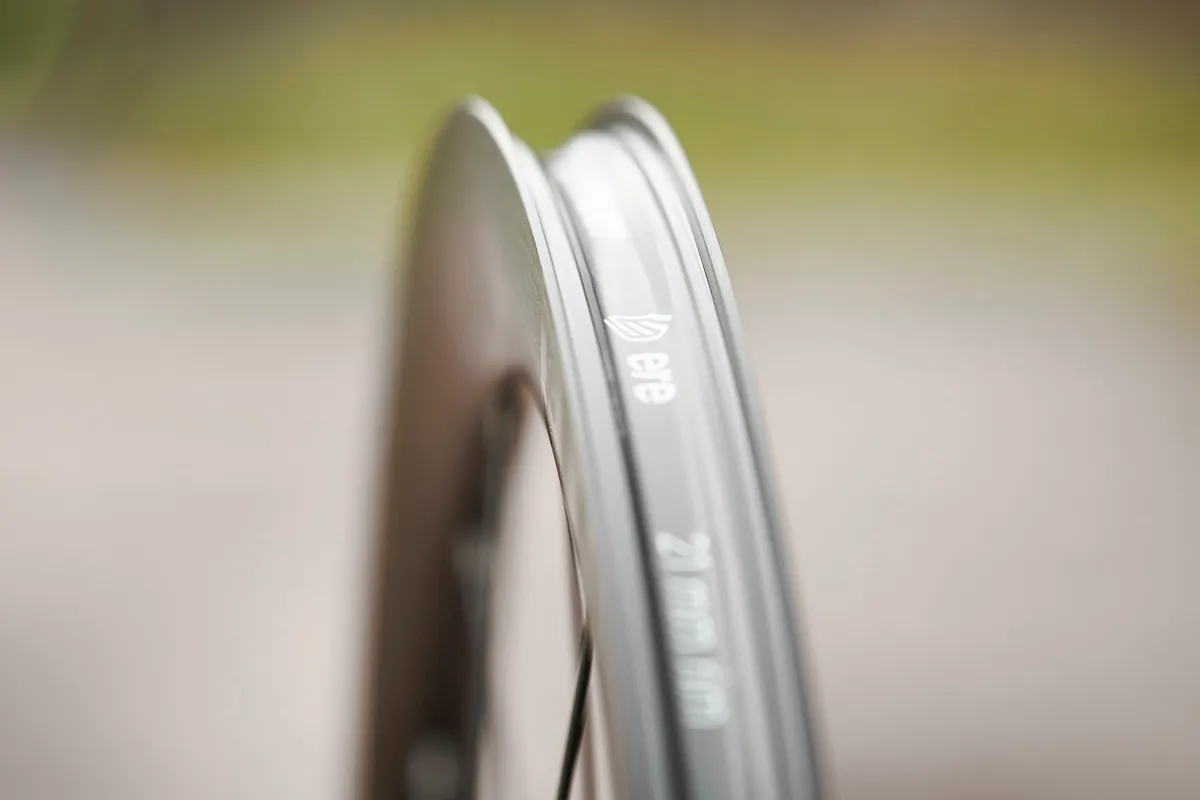
The rim isn’t as wide or as U-shaped as the ATRx’s (compared to a more angular rim, a U-shape is generally considered to offer more stable handling in crosswinds), due to the fact that its outer shape doesn’t arc as widely, but they feel remarkably unperturbed in windy weather.
I suspect this may also be a side-effect of the Explorator’s relative weight but, given that this wheelset costs a third as much as the ATRx, it's forgivable.
The generous internal rim width seems to also play a role in the composed ride quality, inflating my test mule Hutchinson Challenger TLR tyres to 28.6mm at 80psi.
The relatively deep rims could also be contributing to the wheelset’s ability to smooth out road buzz. It’s hard to be certain of this, though, because Ere Research doesn’t make a shallower version of the Explorator to compare against.
Fundamentally, the Explorator GCR40 provides a composed and quite forgiving ride. This also makes it a suitable partner for taking light gravel shortcuts between road sections (especially if you opt to run it tubeless and with slightly lower tyre pressures).
Ere Research Explorator GCR40 bottom line
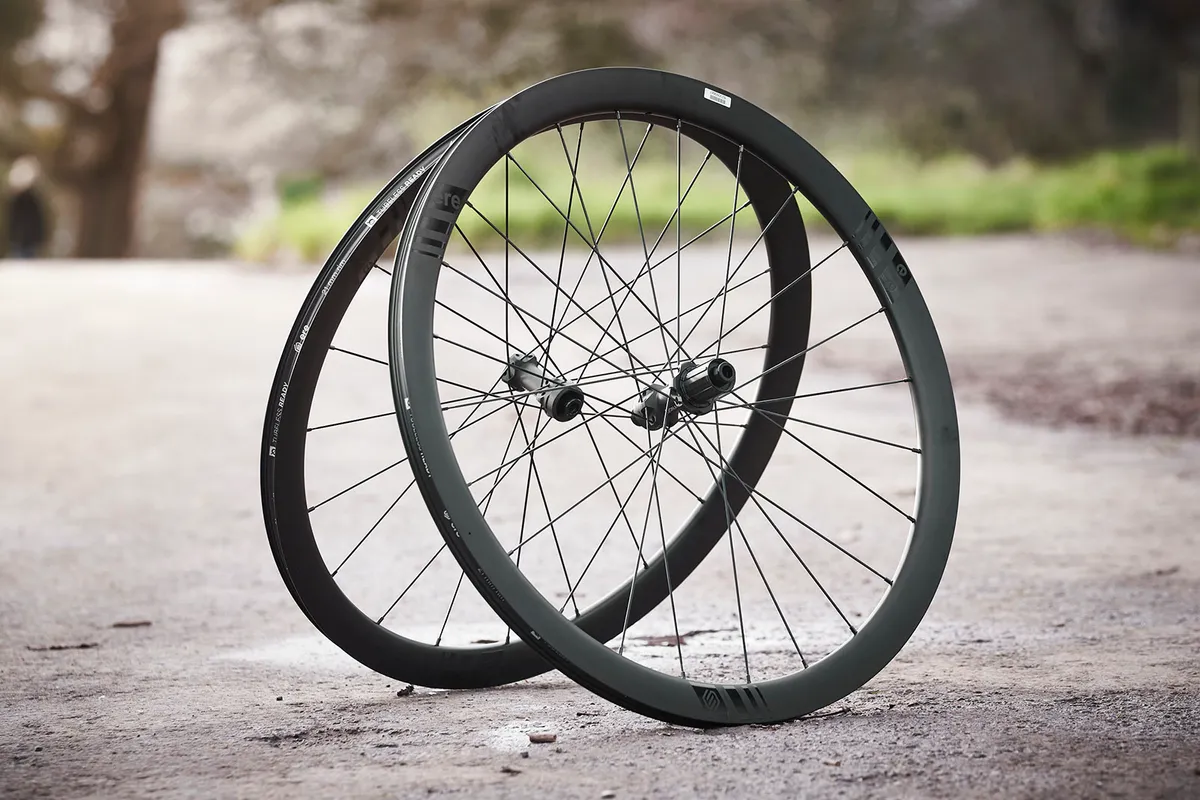
In a world where deeper-section alloy wheelsets are rarer than a polka-dotted Zebra, the Ere Research Explorator GCR40 is a pleasant break from the norm.
More importantly, it’s very good. It feels as efficient at speed as you would hope, is stiff and responsive once you’re there, and has a rim profile that bears comparison with contemporary carbon wheelsets.
The rim is also covered by a generous lifetime crash replacement scheme.
That said, if you want the Explorator GCR40 to be the alloy wheelset that straddles the divide between all-out aero performance and climbing prowess, you’ll be slightly disappointed for the latter.
As an all-round compromise, the Hunt 34 Aero Wide Disc SL is probably the better bet. But if you’re not fussed about the weight, go for the Explorator GCR40.
How we tested | Alloy road wheelsets
We tested seven alloy disc brake tubeless wheelsets over the winter of 2023/24. Each was fitted to a Fairlight Strael 3.0 test bike, with the same setup used wherever possible*.
Hutchinson Challenger TLR 700x28c tyres were used for testing, with a tubeless installation carried out to gain an indication of setup ease.
For the test rides, we deferred to a clincher setup with butyl inner tubes – to reflect this very common setup and make changeovers a little easier, faster and less wasteful of sealant.
*The same Shimano RT-MT800 Center Lock rotors were used for all test wheels, except the Halo Drove Line 700C, which required the use of six-bolt discs.
Wheelsets on test
- Roval Alpinist SLX Disc
- Hunt 34 Aero Wide Disc SL review
- Ere Research Explorator GCR40
- DT Swiss AR1600 Spline
- Mavic Ksyrium S Disc review
- Miche Syntium Aero
- Halo Drove Line 700C
Product
| Brand | Ereresearch |
| Price | €499.00, £499.00 |
| Weight | 1893g |
Features
| Rim material | aluminium |
| Wheel size | 29in_700c |
| Brake type simple | disc |
| Hubs | Ere Iona 12X |
| Spokes | Sapim Leader |
| Freehub | Shimano |
| Rim depth | 40mm |
| Rim internal width | 21mm |
| Features | Width: 24.5mm external Axle: 12×100mm front; 12×142mm rear |
| Spoke count | 24 |
| Spoke count | 20 |
